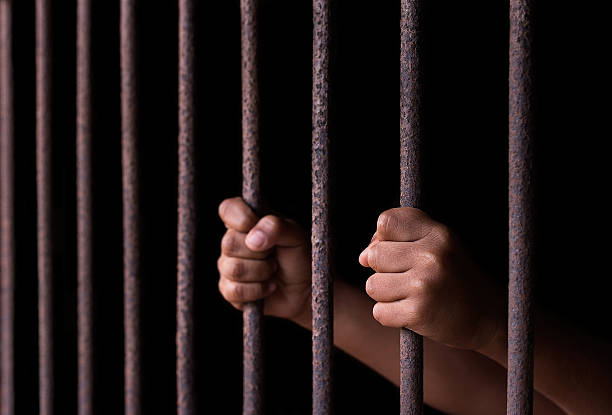Human trafficking is the illegal act of trapping people using violence, manipulation, or dishonesty. The intended outcome is financial gain. Those who are most vulnerable are often targets of human traffickers. This includes people experiencing poverty, abuse, mental health issues, and low self-esteem. However, trafficking can happen to anyone regardless of age, race, or gender. It can happen both domestically and internationally.
There are two major human trafficking categories, sex trafficking, and labor trafficking.
Sex Trafficking
Sex trafficking is the most common type of illegal human trade worldwide. It mostly affects women and girls (though other people may be victims, too). Sex traffickers manipulate victims into performing commercial sex acts (those that make money). Traffickers often recruit people slowly over time, using a method called grooming.
Stages of Grooming
Finding the Victim
Often, traffickers look for people who are at risk, economically, emotionally, or socially. The person may be experiencing poverty, have an unstable family life, or have low self-worth.
Getting Information and Building Trust
The trafficker will make friendly conversation with the potential victim or their loved ones. This allows them to gather details about the person and their needs.
Meeting An Unmet Need
With the above information in hand, the trafficker aims to make the victim dependent on them. They may provide companionship, material goods, drugs, alcohol, etc.
Isolation
To gain control, the trafficker will try to separate the victim from their loved ones. They may tell the victim that they are the only person who loves them. Eventually, the trafficker aims to control who the victim sees, what they do, and where they go.
Manipulation to Get and Keep Control
The trafficker may ask the victim to perform sex acts (with the trafficker or others). They may say it’s to “payback” the trafficker for money they’ve spent on the victim.
The trafficker will try to force the victim into sexual situations to make money. If they say no, the victim may be threatened with harm. They may threaten to tell others about the victims’ actions (sex acts, secrets, etc.). They may intimidate them with physical violence or threaten to hurt their family.
Labor Trafficking
Forced labor is the act of recruiting, providing, or taking a person for the purpose of forced work. This category includes debt bondage and involuntary servitude.
Debt bondage happens when a person is offered work in exchange for paying off debt. They are often paid below minimum wage, if at all. Eventually, the employer will add more to the debt, for the cost of food, shelter, or immigration fees (for migrant workers). With low wages and increasing debt, the victim is never able to pay it off. This debt often gets passed down generationally; children are trafficked to pay off a parent’s debt.
Involuntary servitude refers to someone working against their will. They may be forced, manipulated, or threatened to work. Industries affected can vary, but may include construction, agriculture, domestic work, manufacturing, and mining. For migrant workers, traffickers may lure them to different countries with false information about a job. They may take away the victim’s passport and legal documents, and control where they live. The victim may not know the laws of the new country, or how to get help.
Recognizing Signs of Human Trafficking
Here are some signs that a person may be being trafficked:
- They have physical signs of abuse (bruising, burns, broken bones).
- They aren’t allowed to speak for themselves, make choices or go places freely. May always be with someone who speaks for them.
- They seem scared or nervous. May avoid eye contact.
- They are underage and having sex for money.
- They don’t have things or cash of their own.
- They don’t control (or have access to) their passport or personal identification documents.
- They work but don’t make typical wages.
- They move homes a lot and may not know their surrounding.
- They need to see a doctor but haven’t.
- They have been reported missing.
- They look underfed.
Speak Up and Reach Out
- Get educated about the signs of human trafficking, and the tools used by traffickers.
- Make friends and family aware of the problem.
- Donate to, or volunteer at, anti-human trafficking organization such as a helpline for survivors.
- Contact government officials to express care about anti-human trafficking efforts and ask what’s being done to help.
- Ask the local school district to include sex trafficking in their curriculum. Urge them to develop methods for handling trafficking situations.
- Be aware of who grows our food and makes our clothing.
- Look out for youth and vulnerable people in our communities.
To report a suspected case of human trafficking in the U.S., call the National Human Trafficking Hotline. UCA proudly supports organizations that help survivors of human trafficking, including Girls Educational and Mentoring Services, Huckleberry Youth and Arrow Child and Family Ministries.

